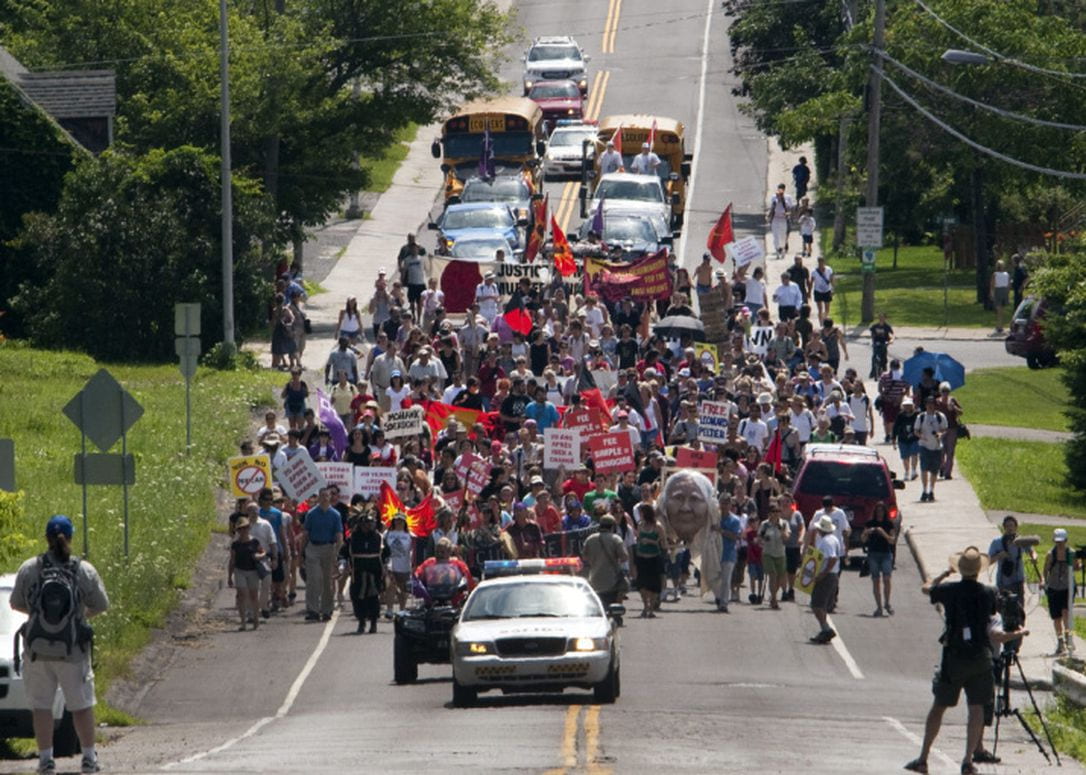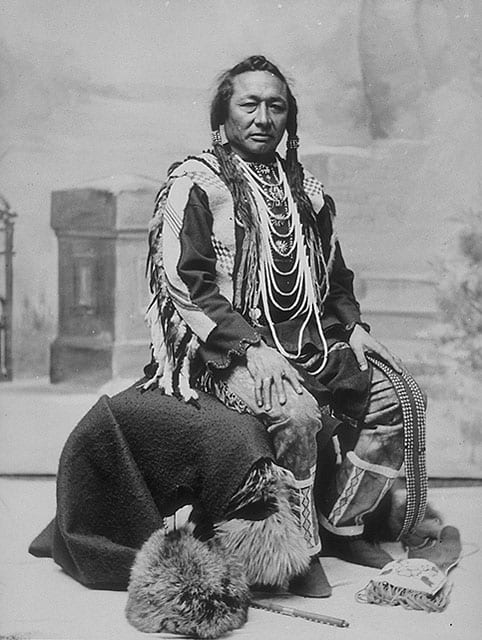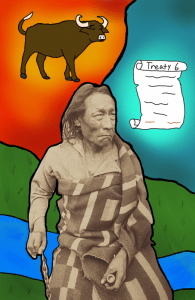Hellooooo! and welcome back to another blog post! Today I’m going to talk about DI 2020. What’s DI you ask? Well DI stands for Destination Imagination. And its pretty much a huge project/presentation. We did this last year too, and i got the same challenge too, Improv. This year was really fun. Since we all had done it before we weren’t so nervous (well we still were pretty nervous) And I had a great team! Malaika, Rhiann, Jude, Anthony, Noah and me.
The first thing we had to do was read rules of the road, which is a booklet that gives the rules of the tournaments and the challenges, then we had to read our challenge booklet where it gave our challenge debrief and the different forms we needed to complete for our challenge. Then we got into the steps: recognize, imagine, initiate and collaborate, access, and evaluate and celebrate.
Stage 1 ~ Recognize: In the recognize stage we mostly set the base of our challenge. We came up with a team name, imagined a solution, learned the power all about our challenge and the main components, and any clarify any questions we had.
Stage 2 ~ Imagine: In the imagine stage, we built on that base of stage one and started brainstorming some ideas and started signing forms like the interference form, then we also started laying out some goals for this challenge, and some things we really wanted to work on.
Stage 3 ~ Initiate and Collaborate: In the initiate and collaborate stage where we started creating our sound box and research more about for our challenge, we also finished the forms for our challenge and started rehearsing. We practice many scenes and skits.
Stage 4 ~ Access: In the access stage we looked back on our challenge details and assess what needed to get done and what had already been done, or anything that needed to get fixed.
Stage 5 ~ Evaluate and Celebrate: In the evaluate and celebrate stage, it was time to present. We were pretty lucky that the tournament was hosted at our school so our classes teams wouldn’t have had to move their props as much as other schools. The tournament was a lot of fun. I got to watch a ton of my classmates challenges as well as other schools challenges. My team’s challenge was much later in the day same with the instant challenge, but i liked it that way because it made it easy for me and my group to watch our other classmates preform. Then it was eventually awards. the awards ceremony was a lot of fun, most of our grade 9 teams placed and we were all so happy and excited, we sadly got second for our main challenge, but we definitely did really good and I’m really proud of us. But!! got first place on our instant challenge!! Which was really awesome. 2020 Destination Imagination turned out to be a great experience.
Thank you for reading! If you would like to learn about my grade 8 experience with DI here’s a link right here for you to check it out. Make sure to check out my group member’s posts as well, they did a great job and you should definitely check them out!
~ Emily




